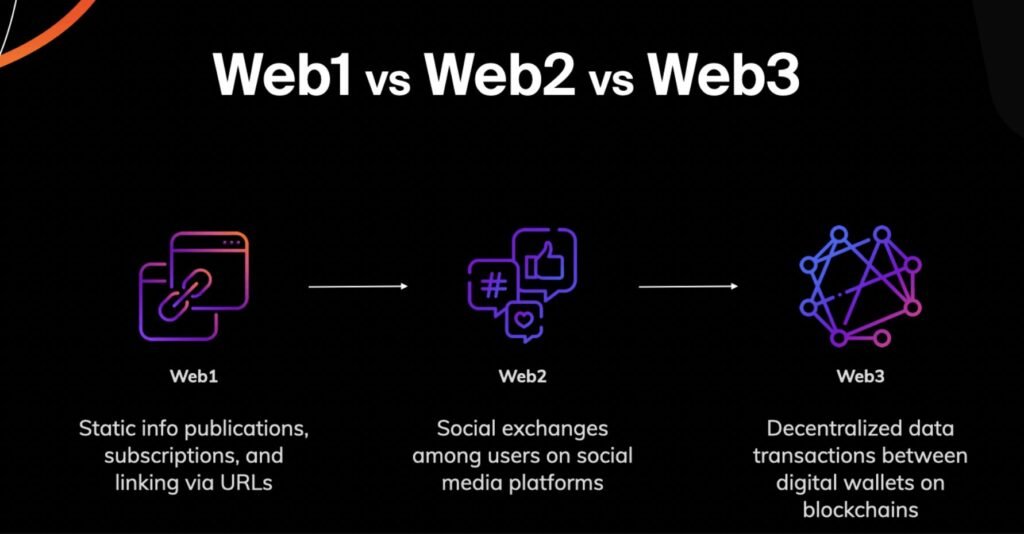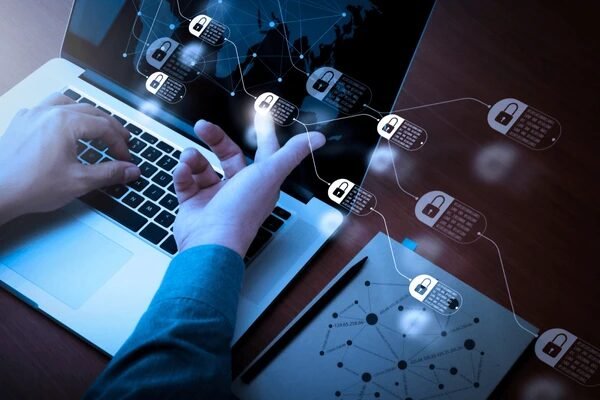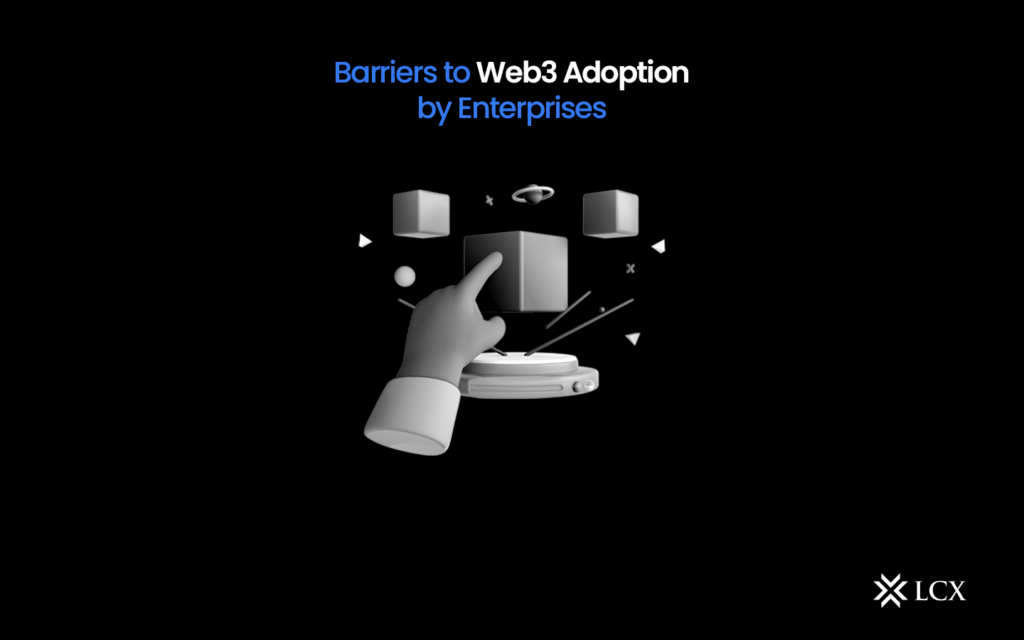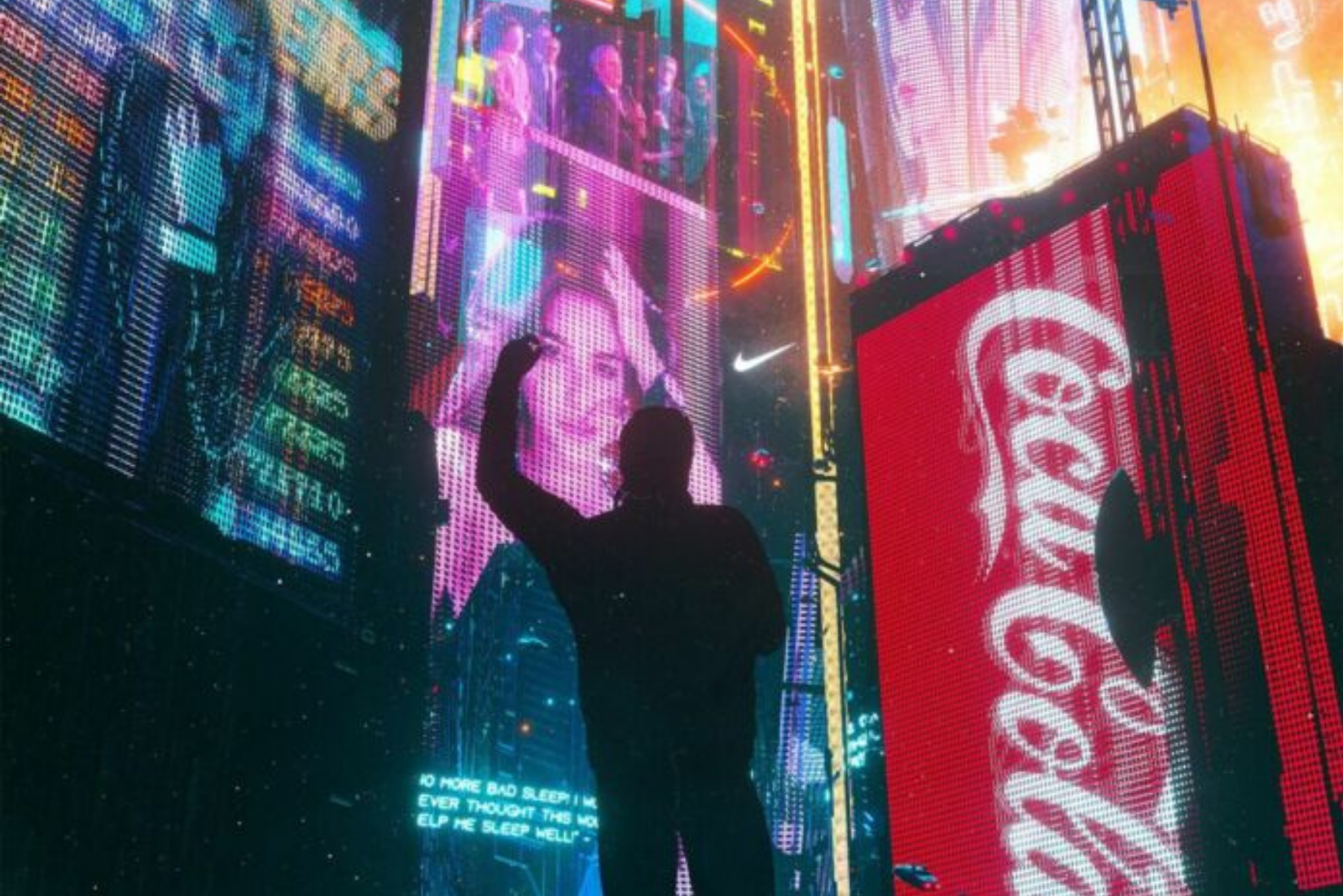Web3 explained Indonesia: The concept of Web3 is quickly becoming central to conversations about the future of the internet, especially in digitally active nations like Indonesia. Web3 represents a shift toward a more decentralized internet where users own their data, identities, and digital assets. Unlike the traditional web, where large corporations dominate and control content and personal information, Web3 uses blockchain technology to create trustless systems, peer-to-peer interactions, and secure ownership. For Indonesians facing issues such as limited financial access, growing digital literacy, and increasing interest in tech innovation, understanding Web3 offers a practical gateway to new digital opportunities.
From Web1 to Web3: A Quick Evolution of the Web

Source: ENTRE
To fully grasp what Web3 offers, it helps to understand how the internet has evolved. Web1, which emerged in the 1990s, was a static, read-only version of the internet. Users could browse but had limited ability to interact. Then came Web2, the current stage most people are familiar with, marked by social media, apps, and user-generated content. While Web2 gave rise to participation, it also led to centralization where tech giants collect data and monetize user activity. Web3 aims to reverse that. Built on decentralized protocols like blockchain, Web3 prioritizes transparency, control, and user ownership.
Core Technologies Behind Web3

Source: shutterstock
Web3 explained Indonesia starts with its foundational technology: blockchain. A blockchain is a digital ledger that records transactions in a secure, transparent way. Each transaction is verified by a decentralized network, making it trustworthy without requiring third parties. Smart contracts are another crucial component—they are pieces of code stored on the blockchain that automatically execute agreements once conditions are met. Then there are crypto wallets, which are essential tools in the Web3 ecosystem. They store your crypto assets, serve as your digital identity, and allow you to interact with decentralized applications or DApps. Lastly, Non-Fungible Tokens (NFTs) are digital certificates of ownership tied to unique assets like digital art, music, or even identity credentials. These technologies are what enable a truly user-first internet.
Real-Life Web3 Use Cases in Indonesia
Indonesia is already seeing the early impact of Web3 through various use cases. Decentralized Finance (DeFi) platforms are offering Indonesians an alternative to traditional banking—providing access to savings, loans, and trading using crypto assets. NFT marketplaces have empowered local artists to monetize their work globally, while tokenized gold initiatives are merging traditional investments with blockchain by allowing users to own digital representations of gold. GameFi platforms, where users can earn income by playing blockchain-based games, are particularly popular among the youth. These practical examples show that Web3 isn’t just a theory—it’s shaping digital behavior in real time.
Barriers and Challenges of Web3 Adoption

Source: LCX
While the opportunities are real, Web3 also presents challenges. One major issue is accessibility. Many Indonesians are still unfamiliar with blockchain tools like wallets and seed phrases, which are vital for secure transactions. There’s also the problem of scalability—blockchain networks can become slow or expensive during high traffic periods. Regulatory clarity is another concern. Indonesia’s crypto laws are still evolving, and businesses often face uncertainty about compliance. Finally, the talent gap in blockchain development remains a hurdle. Despite a tech-savvy population, the number of skilled developers working on Web3 projects locally is still limited.
Why Indonesia is Poised for Web3 Growth

Source: Antara
Despite the challenges, Indonesia is uniquely positioned to embrace Web3. With a youthful population, strong mobile internet penetration, and increasing digital financial activity, the country has the right ingredients for adoption. Government agencies have shown openness to blockchain regulation, and local startups are already developing platforms focused on digital assets, tokenization, and financial inclusion. The potential for Web3 to support unbanked communities, create new jobs in tech, and empower creators with digital ownership models is vast.
Final Thoughts: The Road Ahead for Web3 in Indonesia
Web3 explained Indonesia is more than just a tech trend—it represents a structural shift in how we connect, create, and control value on the internet. For Indonesia, the impact could be transformative, especially in areas like financial inclusion, creative empowerment, and transparent governance. However, success will depend on education, regulation, and community-driven development. Whether you’re an artist, developer, student, or investor, now is the time to start exploring the Web3 landscape.




